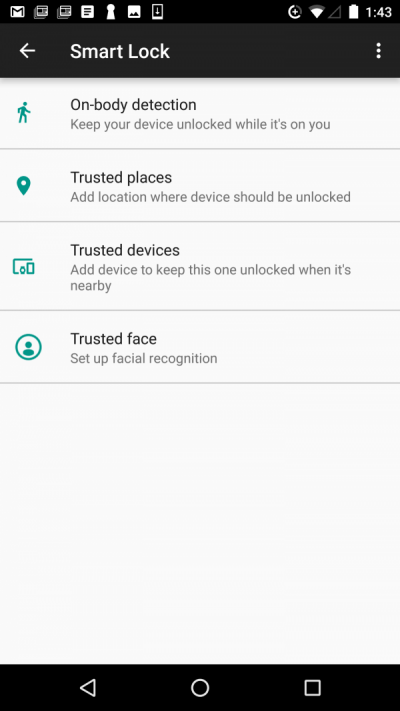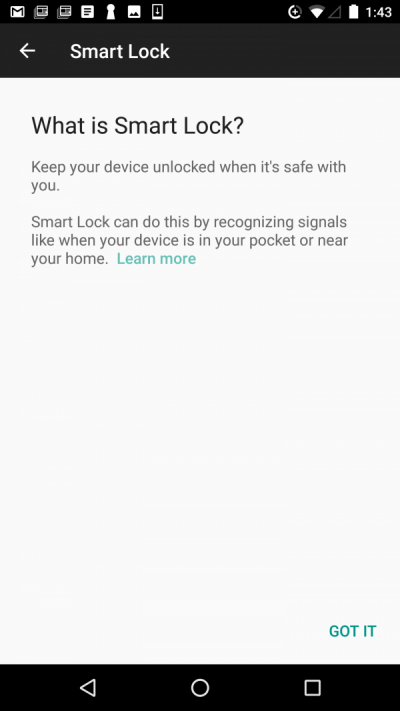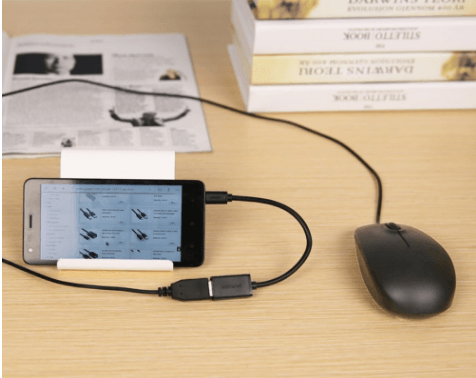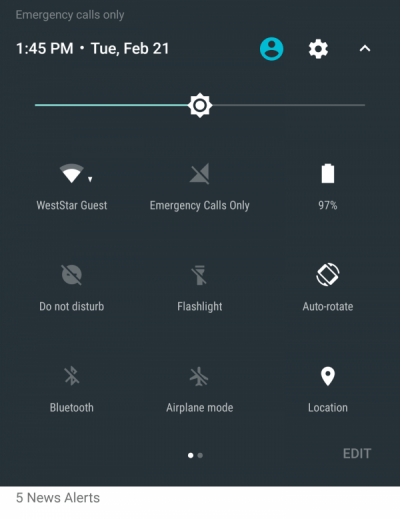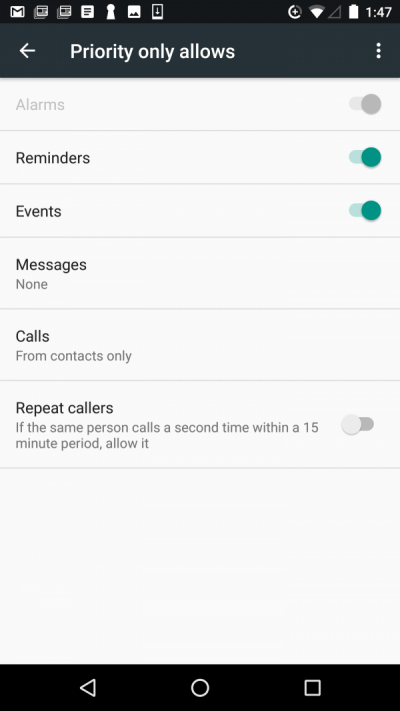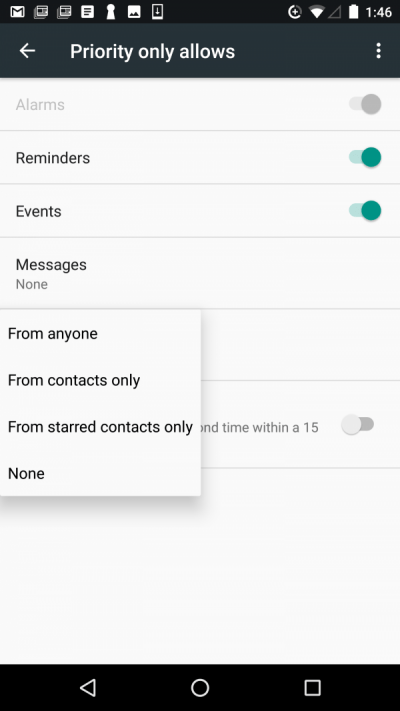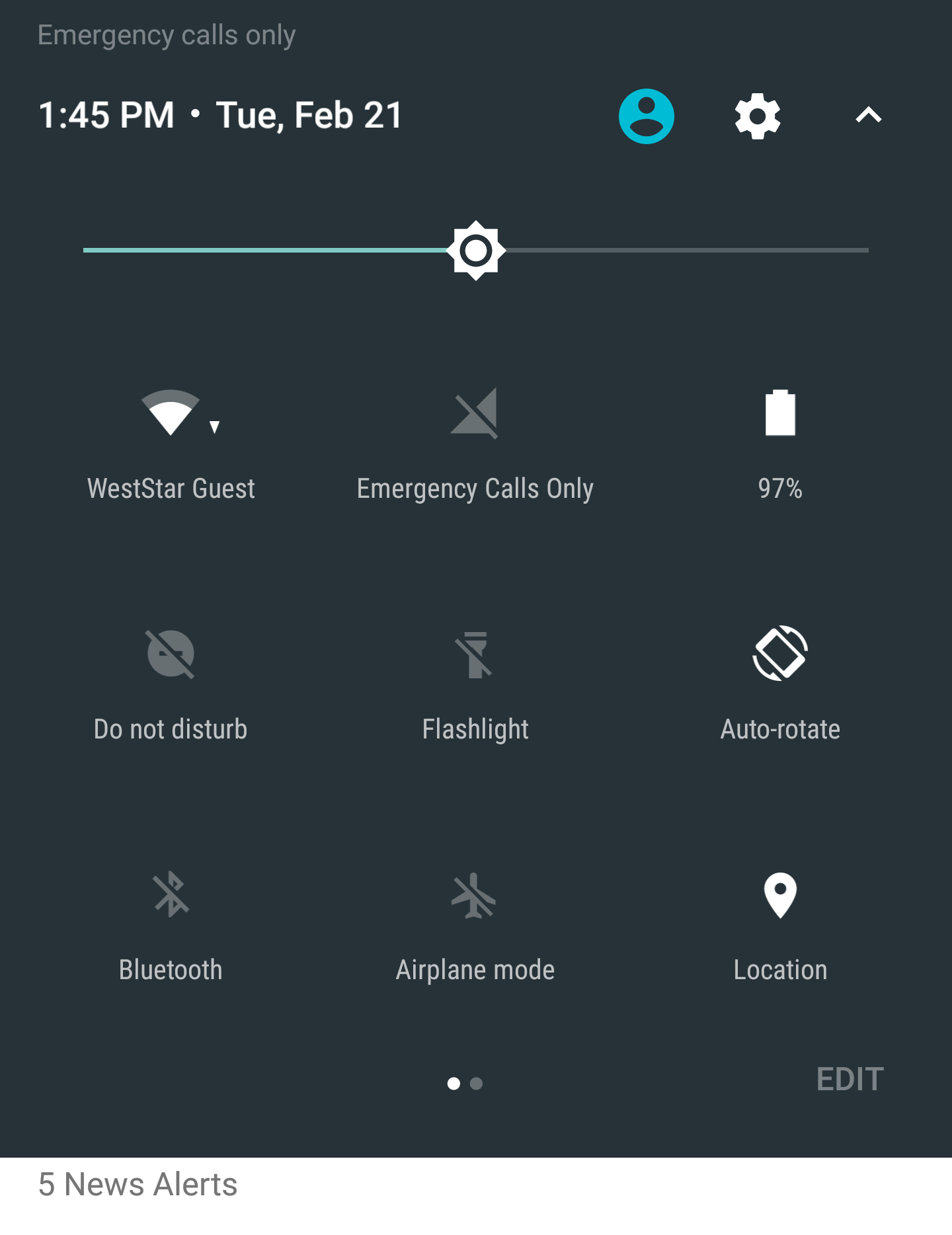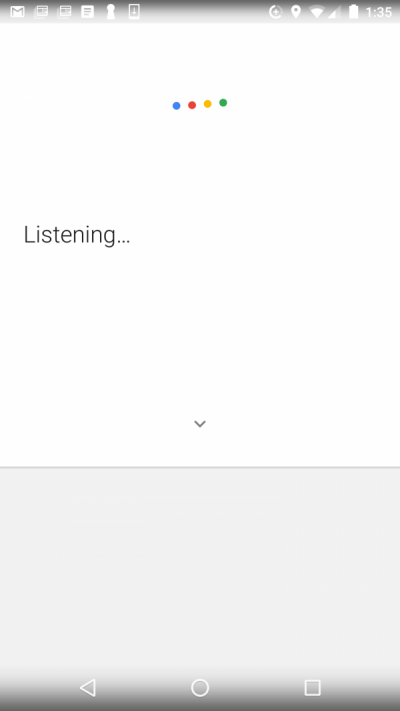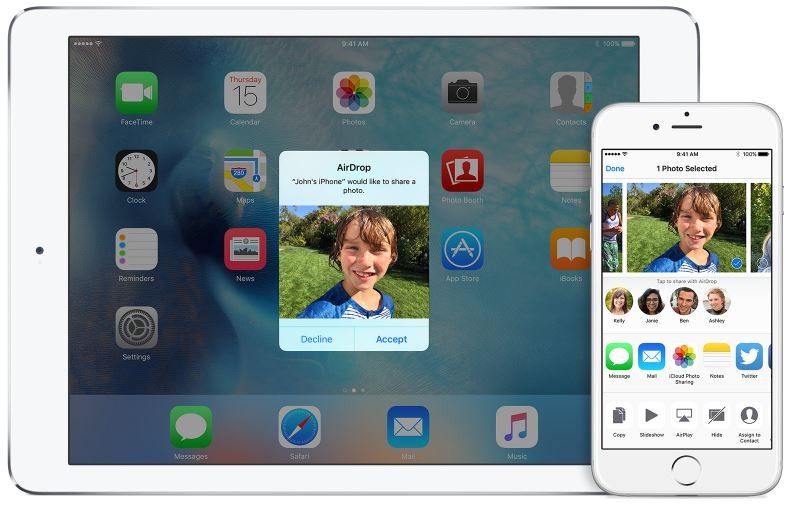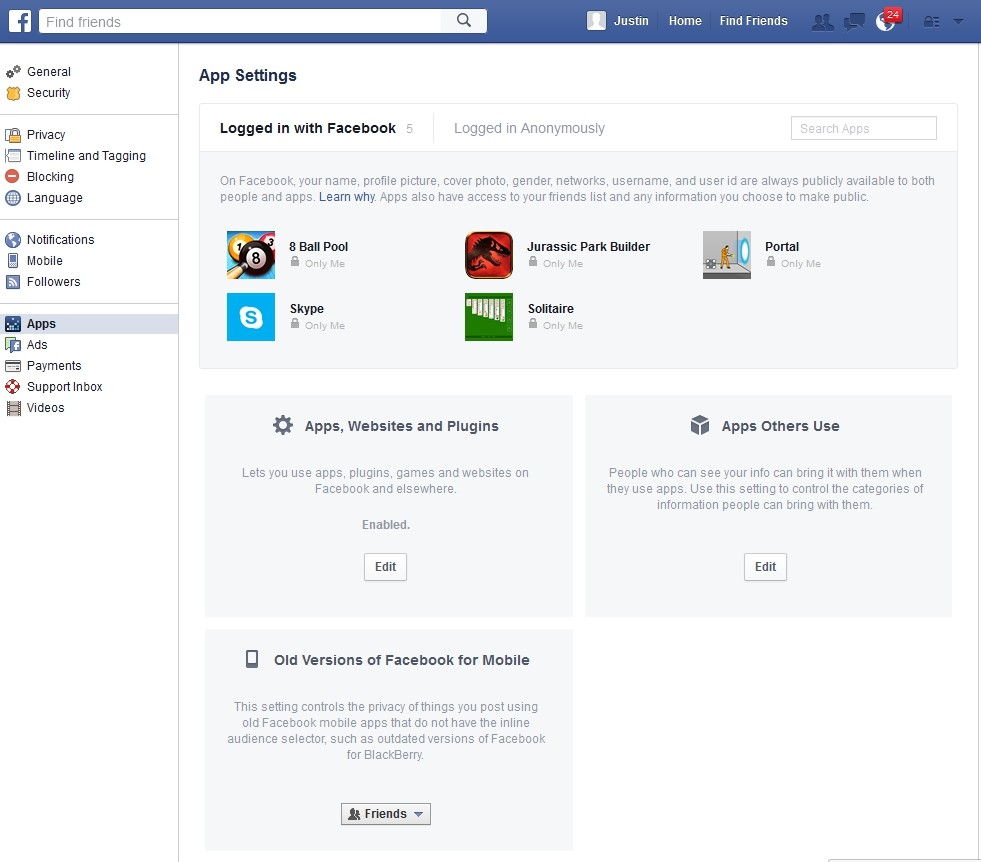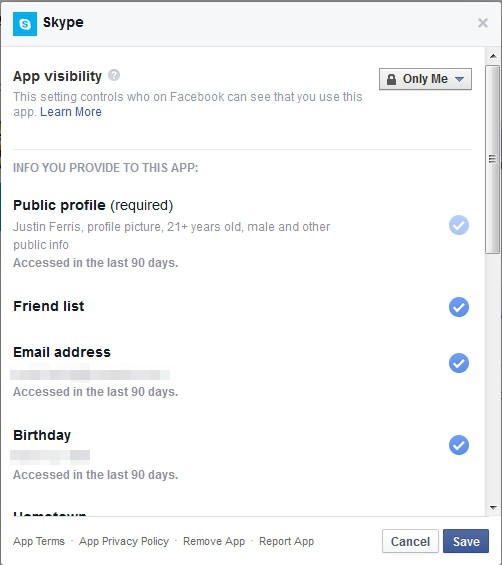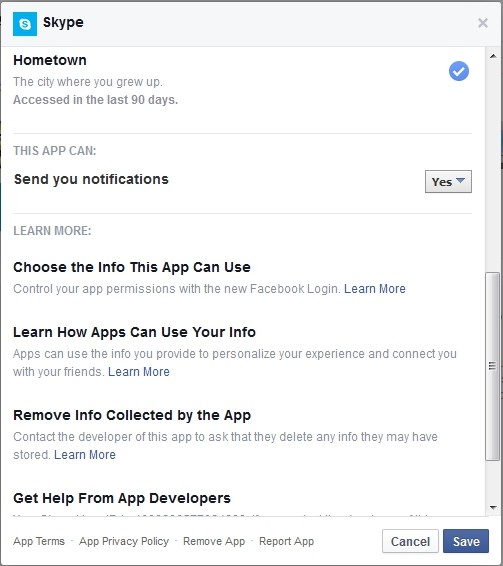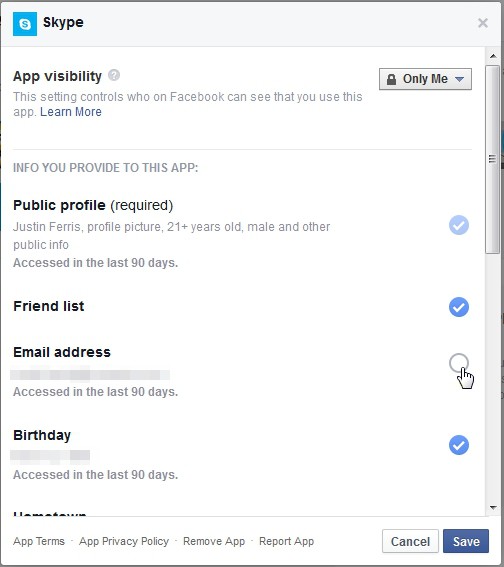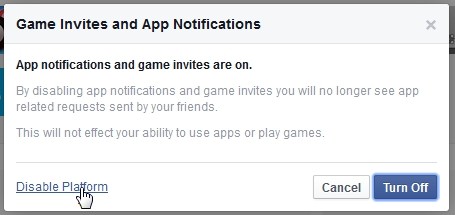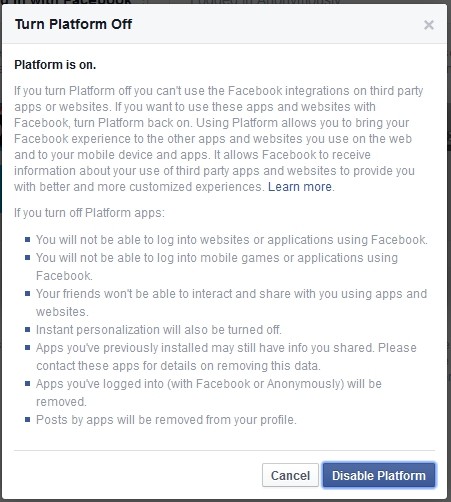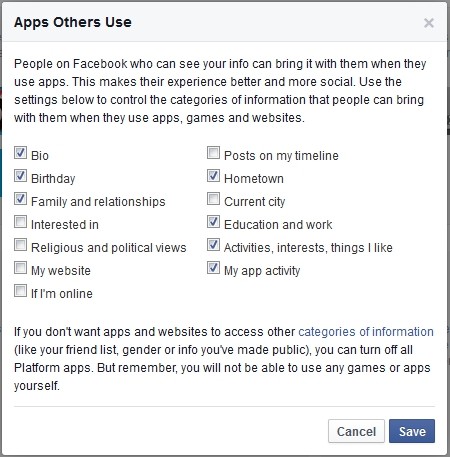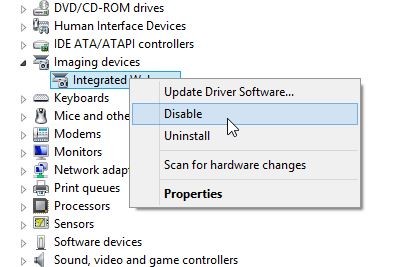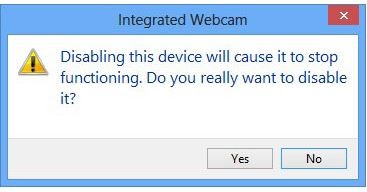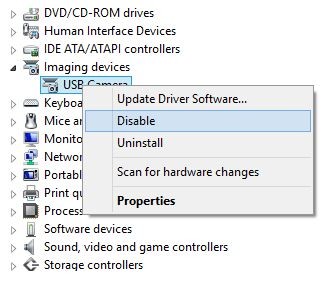Are you an avid Google Maps user?
It wouldn't be surprising if you are. Google estimates that there are nearly 1 billion active monthly users worldwide.
That's why you need to know these seven handy Google Maps tricks that will help you use it like a pro.
1. Storing your home and work addresses
It's a good idea to save your work and home addresses in Google Maps. This makes it easier to navigate to either location by saying, for example, "OK Google, navigate to work." You will also see relevant traffic information in your Google feed.Steps to save your home and work addresses:
- Open Google Maps.
- Tap the Menu icon located in the upper left.
- Select Your Places.
- You will see Home and Work under the Labeled section.
- Enter the address for each location and they will be saved.
Note: If you are reading this article using the Komando.com App, click here to see an example of Your Places.
2. Save favorite locations
One great feature of Google Maps is being able to save favorite locations. This will help speed up the process when you are looking for a specific place. You can also share your favorite locations with others, and I'll tell you how to do that later in this tip.Here are the steps to save a location:
- Open Google Maps.
- Find the location you want to save.
- Drop a pin - This is accomplished by doing what's known as a "long press" on the map. That just means pressing a specific spot on the map long enough for a red pin to appear.
- Swipe up - Once you have "pinned" a location, a menu will appear at the bottom of the screen. Swipe up on that menu.
- Select Save.
- Select the list that you want to save this location to or create a new one.
Note: If you are reading this article using the Komando.com App, click here to view an example of a dropped pin.
You can manage saved locations from the Your Places option found under the main menu located in the upper-left corner of the app.
3. Search for locations nearby
If you are out driving and don't know where the nearest ATM or gas station is, Google Maps can help. Follow these steps:- Open Google Maps.
- Tap on the blank search bar.
- Scroll through the menu and tap More.
- Select a location - You will see a list of options like gas stations, ATMs, grocery stores and post offices. Once you select what you're looking for, a list of specific locations will appear that you will choose from.
- Tap Directions next to the location you want to visit - After choosing which location you want to visit, a Direction button will appear next to it.
Note: If you are reading this article using the Komando.com App, click here to view the nearby menu.
4. Quick Navigation
This feature comes in handy when you are in a hurry. You just need to enter both your start and end destination.- Tap the blue button - You will see this in the lower-right corner.
- Tap Your Location - Enter your current location. This can be done automatically if you have location services turned on in the app.
- Tap Destination - Enter the address of your destination.
- Select transportation mode - Typically, you will select driving or walking. This will show you the distance from point A to point B along with an estimated travel time.
5. Select your route
Google Maps by default will show you the fastest route available. If you want to select a different route for any reason, like you are in an area that collects tolls, that's an option. You can avoid ferries, highways and tolls completely.- Open Google Maps.
- Select your starting location and destination.
- Tap the 3 vertical dots - This is found in the upper-right corner, it opens a menu.
- Tap Route Options - Slide the toggle to the right next to the option you want to avoid. You can select a route that avoids one or all of the following: highways, tolls and ferries.
Note: If you are reading this article using the Komando.com App, click here to view the Route options menu.
6. Sharing lists of saved locations
There is now a feature on Google Maps that will help you keep track of any location or route that you'd like. You can also create a list of places and share it with friends and family.Not only can you share your list of places, but you can also subscribe to lists created by other people so you know their favorite locations too. Here is how to get started:
- Open Google Maps.
- Find a location on Google Maps that you want on your list.
- Tap the name of that location.
- Tap the Save icon under the location's name - Doing this saves the location to one of your pre-set lists. You can name the lists anything you want, such as favorite restaurants or places I want to try.
Sharing your lists is easy as well. Simply tap the share button to get a link and you can send the list via text, email, social media or any popular messaging app. The recipient only needs to tap "Follow" on the link you sent to pull up the list whenever they need it.
Lists that you follow are with you wherever you take Google Maps and can be viewed on mobile, desktop computer and even offline. Download offline maps of the area you are traveling to in advance and you will be able to see all the places on the list.
Here is a quick video that shows you how to use the new feature:
Note: If you are reading this article on the Komando.com App, click here to watch Google's demonstration video.
7. Pre-select pit-stops for longer trips
If you are heading out on a long road trip, you are probably going to make a few pit-stops. Google Maps now has the option of adding these to your trip ahead of time. Follow these steps:- Open Google Maps.
- Tap the blue navigation button.
- Select your starting point and one of your destinations.
- Tap the three vertical dots in the upper-right corner.
- Select Add Stop - You can add up to nine stops along the route.


















